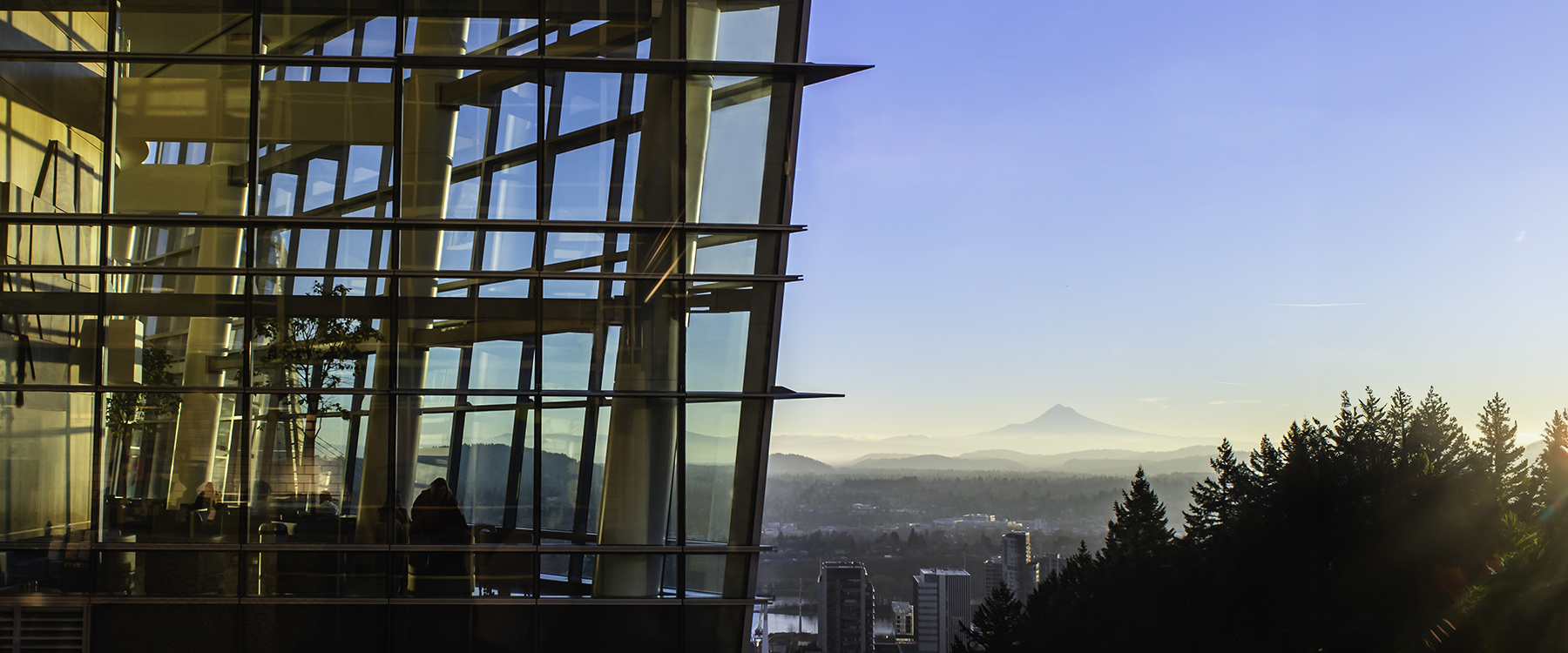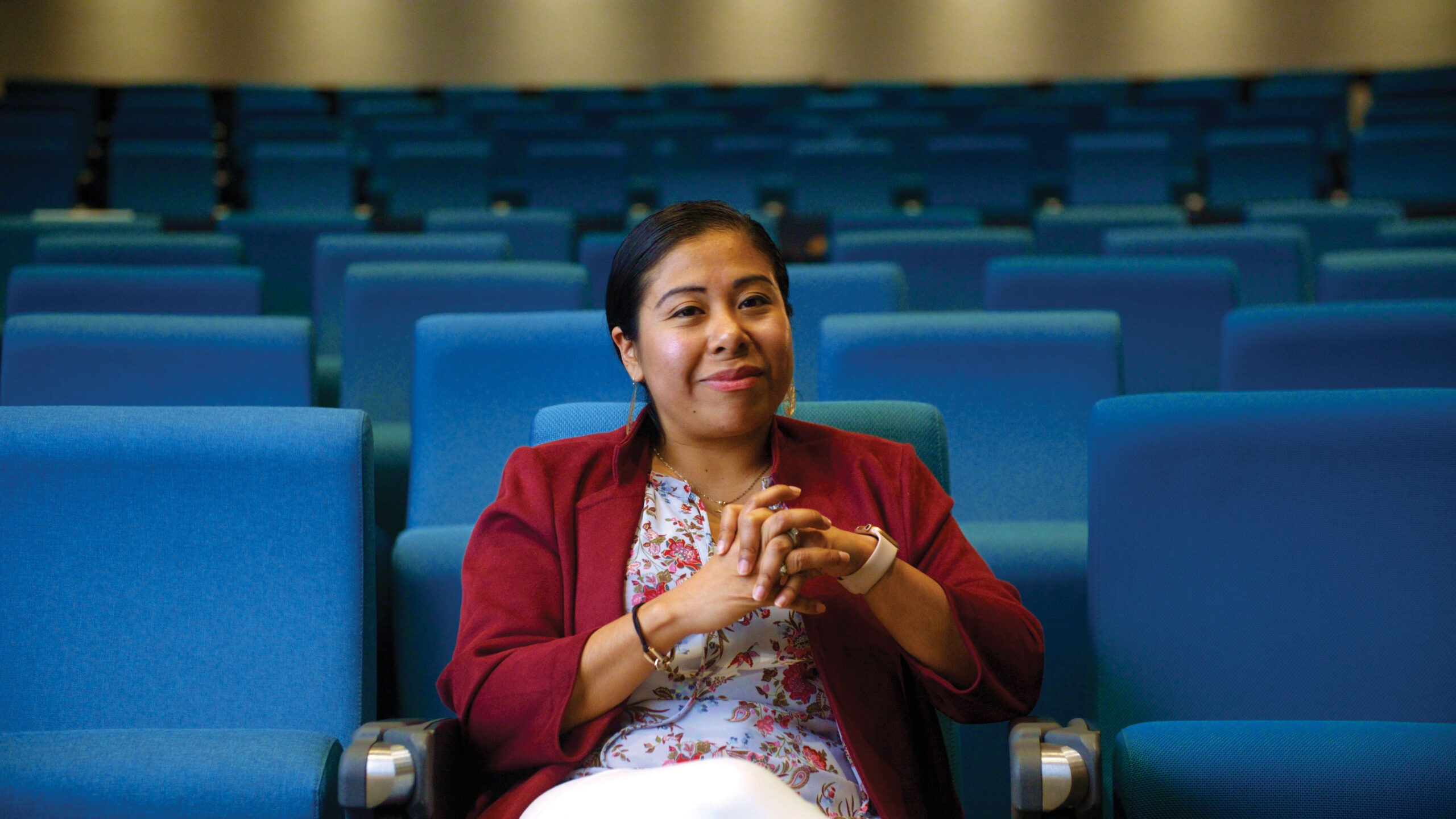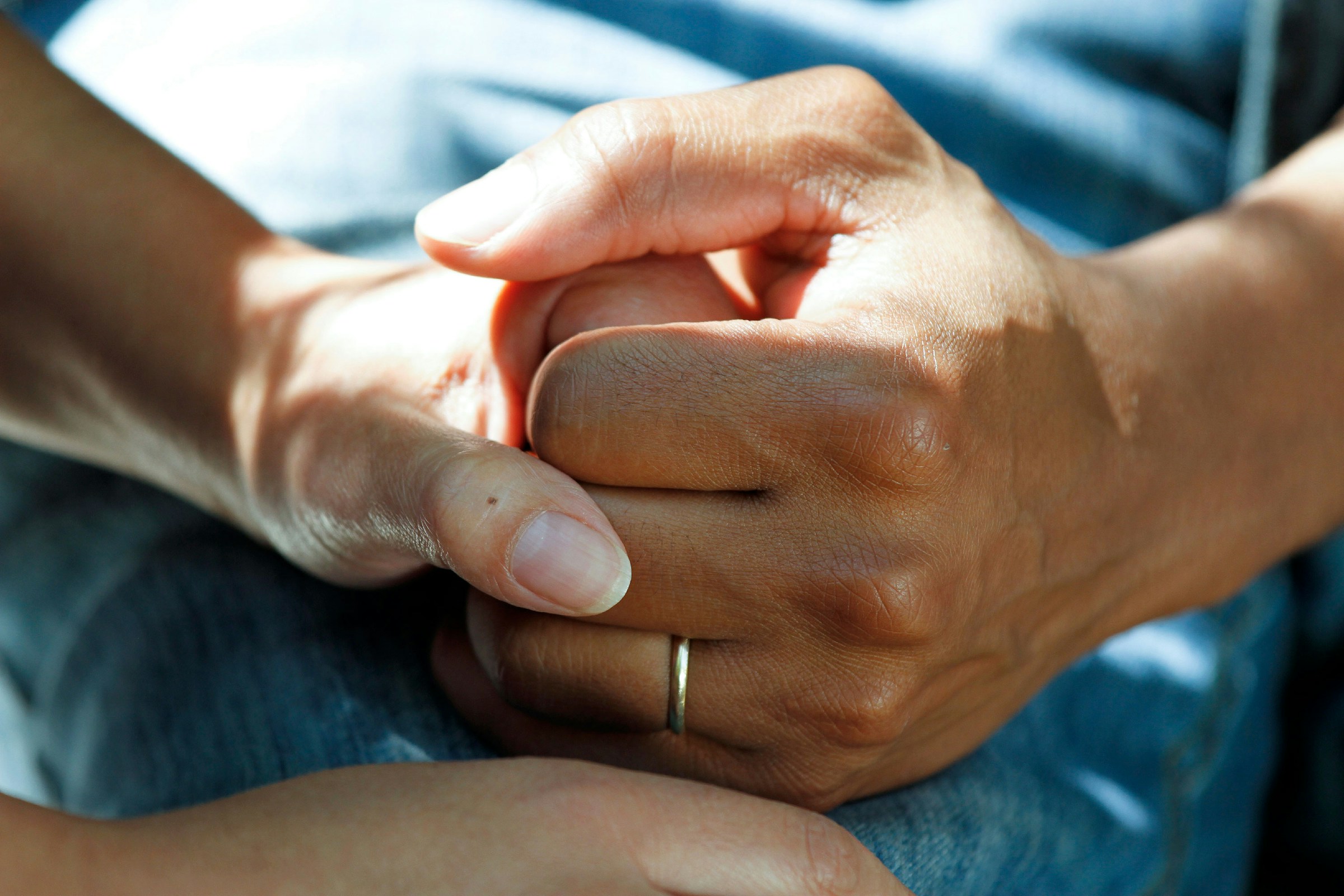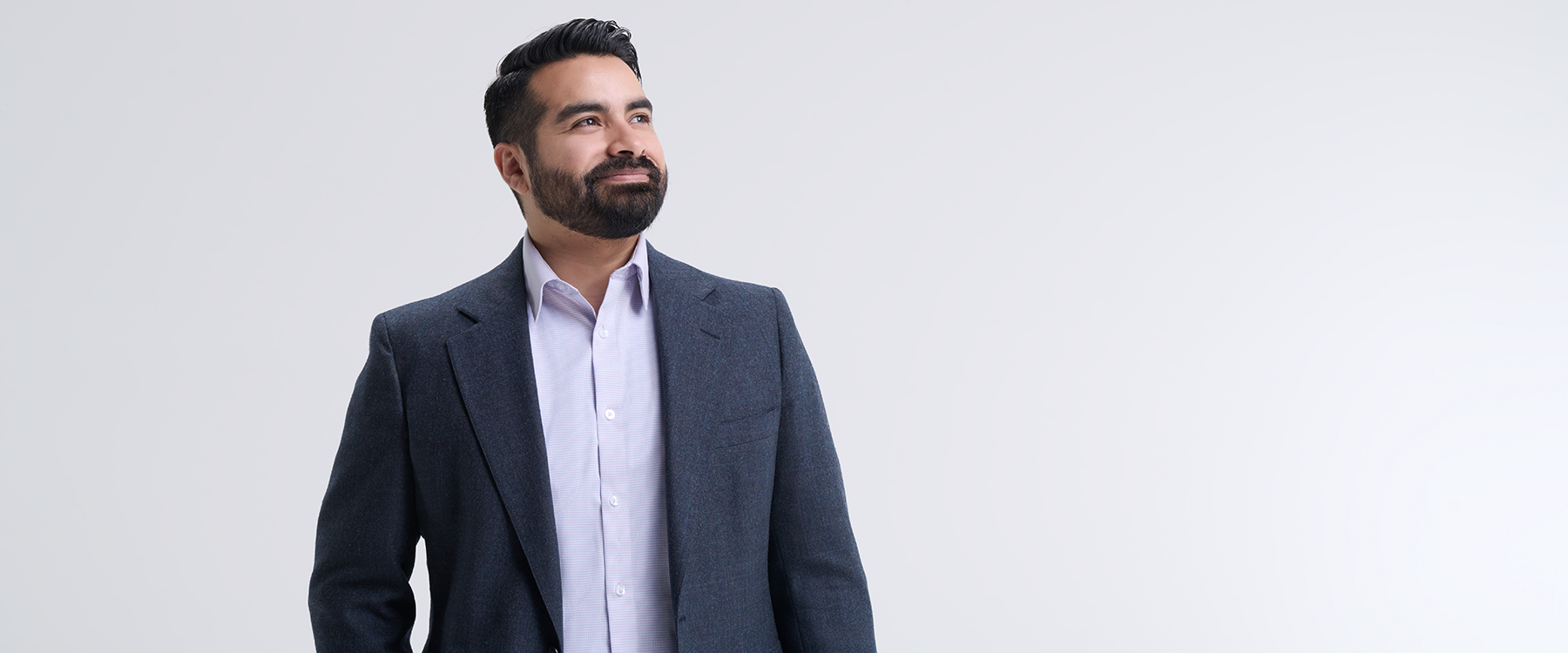Diversity, equity, inclusion and belonging is built into OHSU’s goal to enhance health and health care in every community. For Donn Spight, M.D., FACS, FASMBS, that means delivering a standard of excellence for anyone coming through the doors of any OHSU hospital.
Spight, a professor of surgery (bariatric surgery) in the OHSU School of Medicine and vice president of health equity, discusses his role in building trust with communities and ensuring OHSU’s services are available to all.
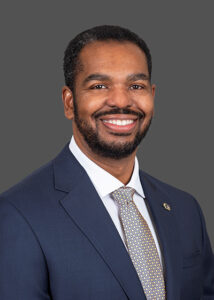
Transcript
“You can’t say that you are delivering health care as an institution and not focus on equity. This is DEIB work. It is all of the things that come with that, but it is also and more importantly foundational to the delivery of health care, foundational to the very mission of the institution, that they can’t be separated. And the OHSU mission is, “Enhance health and health care in every community.” That is health equity. I mean, without even, before the health equity office even was created, you could say that is the mission, that is health equity, you know?”
Voiceover: Diversity, equity, inclusion and belonging — for Dr. Donn Spight, DEIB isn’t just an initiative or a checklist, something that is simply added to OHSU’s health mission. It is the health mission. In order to make good on the promise to deliver health care in every community, health equity must be at the center. Dr. Spight explains how the COVID-19 pandemic shed light on the gaps in health equity, and he discusses how the work ahead moves at the speed of trust.
“My name is Dr. Donn Spight. I’m a professor of surgery and the vice president of health equity for OHSU health. My role as the vice president of health equity is to ensure that the health system produces the highest quality of health care for all people, is the most simple answer. We recognize that health is more than health care, but certainly the health care that we deliver must reach a standard of excellence for everyone that comes through the doors of any OHSU hospital, and that includes the quality, the effectiveness, the inclusiveness of the care that people receive.”
“You know, we oftentimes want the quick win. We want to be able to start an initiative and finish the initiative and look at the data and have the data show us that we did good and that we made it made a difference. But I think that when it comes to doing work in health equity, we’re talking about overcoming generational trauma. We’re talking about moving a health system that has systems and policies and practices that move in a certain way that have moved that way in a long time. And it takes concerted, sustained efforts, and that effort moves at the speed of trust. It moves at the speed in which people become willing to engage, willing to share power, willing to reallocate resources, willing to invest not only their personal energies and passions, but also their political and social capital. And that takes time.”
“We learned a lot through the pandemic, and one of the most telling things that we learned was that the disproportionate burden of health in underserved communities across the state was not something that was new or unique to the pandemic. It was a reflection of many things that had been left unattended to for many years. In effort to really move a pandemic response that could produce equitable results across communities, we had to understand that cultural humility required us to learn and listen from the communities that we served. We learned that affirming dignity required us to go into places and spaces that communities felt were safe. We learned that the messenger was as important as the message, and that our ability to be most effective in the community, required a trust, and that trust required us to establish ourselves as trustworthy. And that required people to understand that our intent was good.”
“I can recall a story of a good friend of mine, and the journey to get him vaccinated embodied many of the fundamental tenets of the work that we had to do going forward. He was a person that if you were to see him and I together, you wouldn’t necessarily associate us as friends. And you would in this day and age think that our political ideologies wouldn’t align.”
“I shared a picture taken right after he got a COVID-19 shot at an African American trans event that we held in north Portland. And one of the most important parts about the picture is that it really unpacked a lot of implicit bias that we had. The fact that that he and I were sitting together, him showing his vaccine card with his USA flag mask on. And what you couldn’t tell at that event is that he was there not because he was trans or not even because he was gay, but because he needed to get vaccinated. And not because he believed in being vaccinated, but because on that particular day, he believed in me.”
“Over the course of many months prior to the day of that vaccination picture, we had had innumerable conversations about the benefits of vaccination for he and his three daughters, and we had had passionate arguments about debunked conspiracy theories. And we agreed to disagree on lots and lots of occasions. And in the end, one day he called me out of the blue and said, ‘I don’t want to talk about it, but I want to be vaccinated at the next OHSU community clinic, and I’m only going to go if you’re there, and I’m only going to go if you walk me through the whole activity.’ And it kind of shocked me because we had been talking about this, and I functionally almost given up other than the fact that I knew that I believed in what we were doing. And what he said had changed his mind was that he realized that I cared. And I will extrapolate that statement to include that we, OHSU, cared. And this was an example of moving at the speed of trust, and it was an example of what restoring faith in the health care system looks like.”
“When he came back to clinic a month after getting his shot, he brought his three daughters with him and his mother, all who had remained unvaccinated amidst the Delta surge. And I really sort of reflect on this particular event because this is what health equity looks like. It’s meeting people where they are. It’s staying engaged even when it’s difficult to stay engaged in a conversation in which people have differing opinions, different beliefs. But, because you care, because you believe in assisting them and their opportunity to be well.”
“I think it starts with listening and understanding — taking account of what are the other elements and factors that are drivers of health or lack thereof within the patient that’s in front of you. How do you do that? And again, it starts with listening starts with asking the question. And I think, again, recognizing that this is all of our work is so important. I think oftentimes this work of health equity is put into a box. That box is DEIB — diversity, equity, inclusion, belonging — and it lives in a space. And in that box, those that deal in those concepts will focus on and address it, but it becomes not the responsibility of everyone else because those people are doing it. And what we thought was so important as we created the health equity org at OHSU was that this work lives centrally within the health system, that it addresses health equity for all and that it reports directly to the CEO of the health system as the work of the health system, the work for all.”
“That’s the only way. If this is the Donn Spight show, then as soon as I’m gone, there won’t be any health equity. This has to be really created within the fabric of the health system in a way that lives on without any individual doing it. Essentially, when you talk about it, a tree that bears fruit, and that tree is bent in some direction. Yes you can give a person that stands on either side of that tree a ladder to reach up to the fruit, but how about building infrastructure, scaffolding and resources to straighten the tree so that everyone receives the fruit equally? And that’s the work of the health system.”
